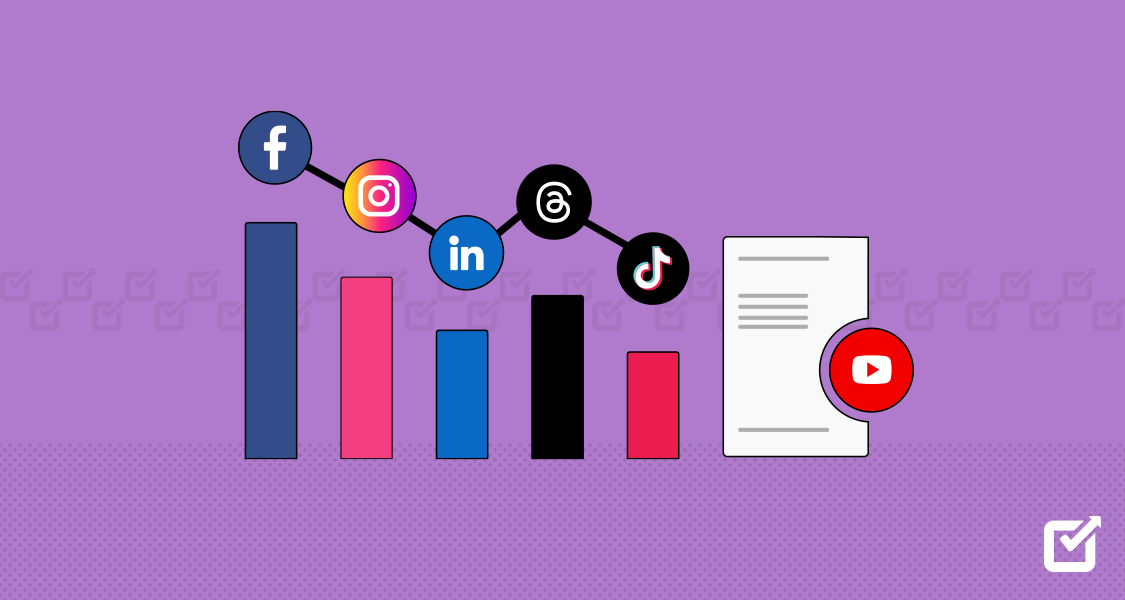Social Media Analytics is the backbone of digital strategy in 2025. With billions of users engaging across platforms daily, brands can no longer rely on guesswork. They need data—real, actionable data—to understand what’s working, what’s not, and where to go next. From Instagram Reels to LinkedIn posts, every click, comment, and share tells a story. The challenge is knowing how to read it.
Back in the early 2010s, analytics meant counting likes and followers. Today, it’s about measuring sentiment, tracking conversions, and predicting future behavior. Whether you’re a startup or a global brand, mastering analytics is no longer optional—it’s essential.
The Evolution of Social Media Analytics
Over the past decade, Social Media Analytics has transformed from basic metrics to deep insights. In 2025, it’s not just about engagement—it’s about understanding audience intent. Tools now offer sentiment analysis, predictive modeling, and even AI-powered recommendations.
A fashion brand, for example, can analyze which color palettes get the most saves on Instagram and use that data to guide product design. This kind of insight turns content into strategy.
Real-Time Tracking Is the New Standard
Speed matters. In 2025, brands expect real-time data from their analytics dashboards. Waiting days for reports is outdated. Platforms like Meta Business Suite and Sprout Social now offer instant updates on campaign performance.
Imagine launching a new product and seeing live feedback within minutes—comments, shares, and click-through rates updating in real time. This allows marketers to adjust messaging or creative on the fly, improving results without wasting budget.
Predictive Analytics Is Driving Strategy
One of the most exciting shifts in Social Media Analytics is the rise of predictive tools. These systems use historical data to forecast future trends. For example, if engagement drops every weekend, the tool might suggest posting less or changing content style during that time.
A travel company might use predictive analytics to plan campaigns around seasonal interest spikes. If searches for “beach holidays” rise in March, they’ll start promoting packages in February. This kind of foresight gives brands a competitive edge.
Sentiment Analysis Is More Accurate
Understanding how people feel is just as important as knowing what they do. Sentiment analysis tools in 2025 are more refined, using natural language processing to detect tone, emotion, and context.
A tech brand launching a new gadget can track whether comments are excited, skeptical, or confused. This helps them respond quickly—clarifying features, addressing concerns, or amplifying positive feedback.
Cross-Platform Integration Is Seamless
Managing multiple platforms used to mean juggling different dashboards. Now, Social Media Analytics tools offer unified views. You can track Facebook, Instagram, LinkedIn, TikTok, and even emerging platforms like Bluesky—all in one place.
This saves time and gives a clearer picture of overall performance. A campaign might perform well on Instagram but flop on LinkedIn. Seeing that contrast helps marketers tailor content for each audience.
Data Privacy Is a Priority
In 2025, users care deeply about how their data is used. Analytics platforms have adapted by offering anonymized insights and stricter compliance with global privacy laws. Brands must be transparent about tracking and respectful of user preferences.
A wellness brand might use engagement data to improve content but avoid collecting personal identifiers. This builds trust and keeps them aligned with ethical standards.
Influencer Metrics Are More Sophisticated
Influencer marketing is still booming, but measuring impact has evolved. Social Media Analytics now tracks more than just likes—it looks at saves, shares, and even DM mentions. These deeper metrics show how content actually influences behavior.
A skincare brand working with a creator can see how many followers clicked through to the product page, how many added items to cart, and how many completed purchases. This helps justify spend and refine future partnerships.
Custom Dashboards Are the Norm
Every brand has different goals. That’s why customizable dashboards are now standard in analytics tools. You can choose which metrics to track—reach, engagement, conversions, or even audience growth by region.
A local café might focus on foot traffic driven by Instagram posts, while a SaaS company tracks demo sign-ups from LinkedIn ads. Tailored views make data more useful and less overwhelming.
Visual Reporting Improves Decision-Making
Numbers are powerful, but visuals make them easier to understand. In 2025, Social Media Analytics platforms offer charts, heat maps, and interactive graphs that help teams spot trends quickly.
A marketing manager can present campaign results to leadership using clean visuals that highlight ROI, engagement spikes, and audience sentiment. This speeds up decision-making and improves collaboration.
Read also:
lamiswisfap
forum social media girls
review thinkofgames com
18006688850
harga mie gacoan 2025
köfteci yusuf’un fiyat listesi
cheezious menu lahore

